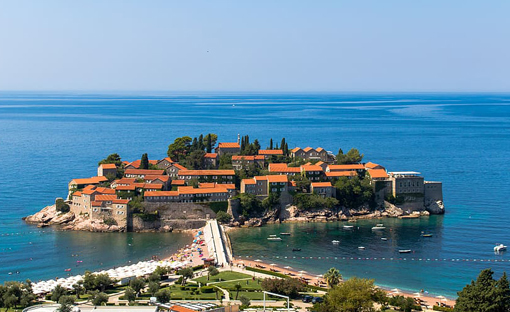Europe’s tourism sector is experiencing continued growth in 2023, driven by strong travel demand, according to the European Travel Commission (ETC). The latest data shows that international tourist arrivals in Europe have reached nearly 95% of the 2019 levels. Despite recent economic challenges, travelers have displayed a keen interest in traveling during the summer season.
Europe’s tourism sector is experiencing continued growth in 2023, driven by strong travel demand, according to the European Travel Commission (ETC). The latest data shows that international tourist arrivals in Europe have reached nearly 95% of the 2019 levels. Despite recent economic challenges, travelers have displayed a keen interest in traveling during the summer season. The ETC report highlights several countries as top-performing destinations in terms of value-for-money, including Serbia, Bulgaria, Montenegro, and Turkey, which have seen significant increases in visitor numbers.

Air traffic volumes are also recovering, with June data indicating a move closer to pre-pandemic levels. The increase in capacity is driven by both European and foreign airlines, responding to the demand for summer travel. European flight planning is expected to reach 96% of pre-pandemic levels, with international passenger kilometers reaching 90.8% of 2019 levels in April 2023.

Furthermore, more than half of the reported destinations have surpassed pre-pandemic levels of tourist arrivals from the United States. Affordability is cited as a key factor influencing travel choices for American holidaymakers. Southern Mediterranean destinations, such as Montenegro, Turkey and Portugal have witnessed a not insignificant rise in US based tourists. Eastern European countries, including Latvia and Poland, have also experienced notable growth.

The summer and fall months from June till November has seen a near 4% decrease in panned trips from European tourists due to rising cost concerns. Despite that however, 69% of Europeans still intend to travel during this period. Austrians have shown the highest level of reluctance, with only 45% of respondents planning to travel, while the Swiss and Germans have higher percentages at 56% and 62%, respectively.



















Leave a Comment
Your email address will not be published. Required fields are marked with *